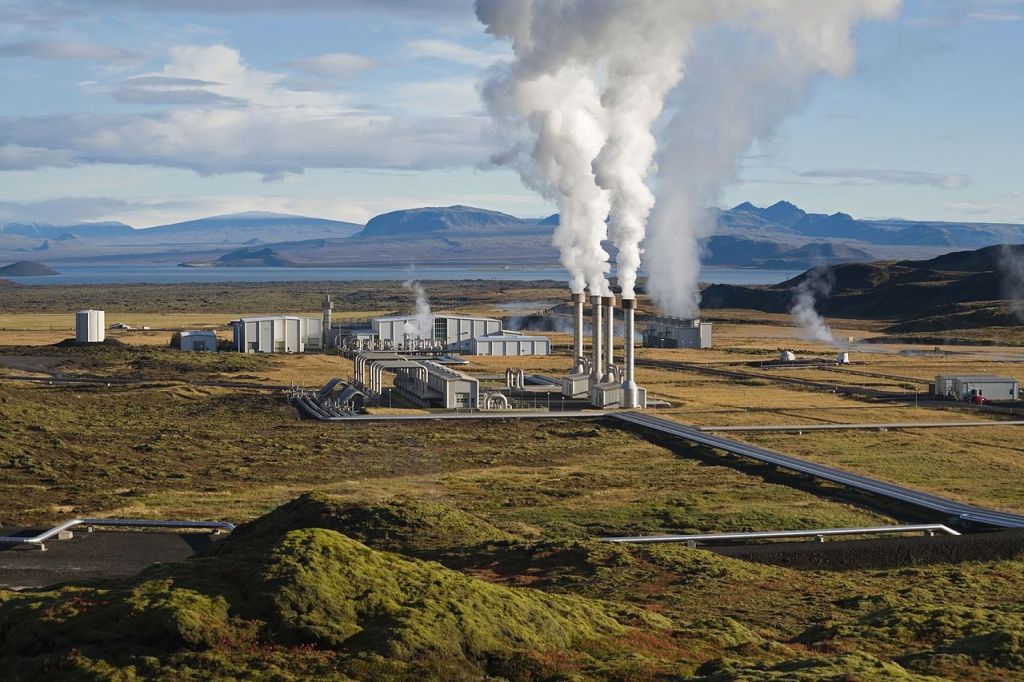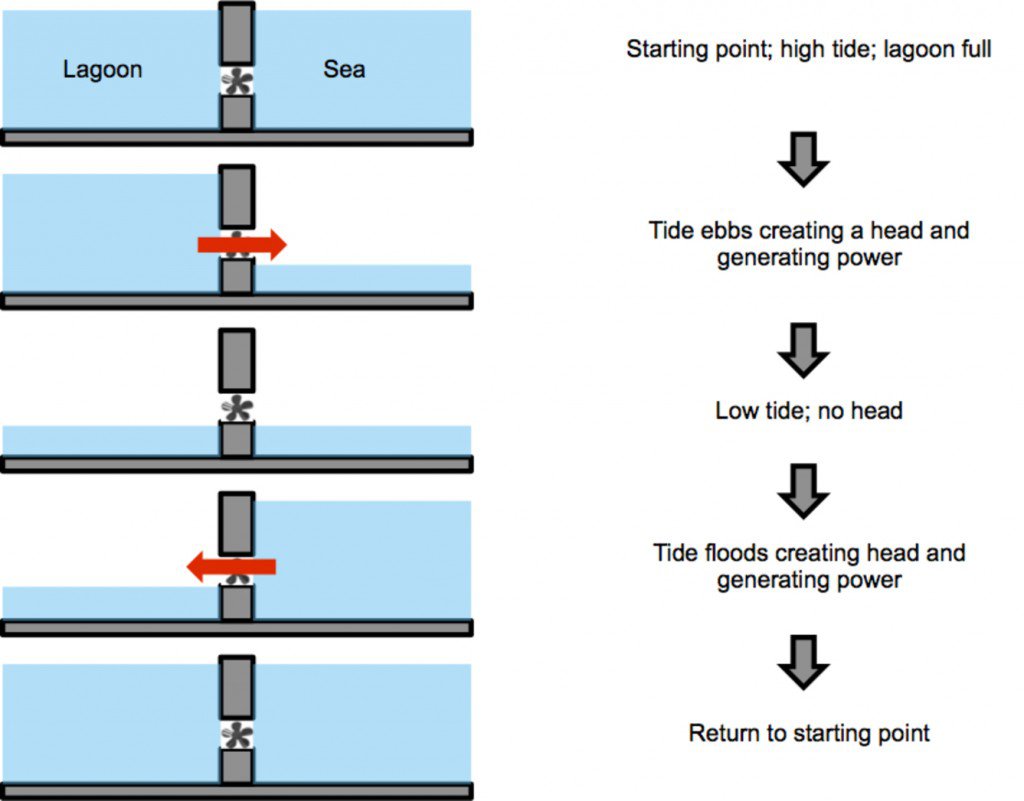Iceland’s position atop the separating European and American tectonic plates has created a unique and savage landscape. The combination of fire and ice created global travel chaos in 2010 when the eruption of Eyjafjallajokull led to thousands of cancelled flights across the world. As the world watches the quivering Bardarbunga volcano amongst fears of a similar event, it is worth remembering that Iceland’s volcanism brings clean energy benefits as well as risks.
Due to the high volume of electricity consumption by the aluminium industry, and the country’s population of just 320,000, Iceland has the world’s highest electricity consumption per capita, using more than four times the electricity per capita per year than an average inhabitant of the United States, and more than forty times that of the average Mexican.
However, the Icelandic energy mix is the envy of many countries – electricity is produced entirely from renewable energy sources: hydroelectric (70%) and geothermal (30%), and when one considers total energy (including hot water used for heating) around 68% of energy production is from geothermal resources.
More than 90% of all houses in Iceland and 100% of the houses in Reykjavik are supplied with geothermal water, which is used for both heating and as use as domestic hot water. To distribute this water, within the city of Reykjavik alone there are over 2700 kilometres of piping, enough to stretch from Reykjavik to Milan.
Hellisheiði power plant, operated by Reykjavik Energy, is the largest and newest of 7 geothermal power plants in Iceland. The plant was constructed in 2006, and produces 433MW of energy, comprising 303 MW of electricity (enough to provide for 2/3 of the city of Reykjavik) and 133MW of heated water which is used for domestic heating.
The plant is built on the shoulder of Hengill, an active volcano, situated around 30 minutes’ drive from downtown Reykjavik. The volcano last erupted approximately 2000 years ago, and the combination of high ground temperatures and ground water results in the resource that is currently being exploited.
At the power plant, wells have been drilled down 2000 meters, and hot water is extracted at 340 degrees Celsius, and between 30 to 70 bar. The steam and water are then separated. The steam is used to turn turbines, which generated electricity similar to any other conventional power station, steam is the re-injected into the subsurface. As the water is rich in dissolved minerals it cannot be used directly in to heat houses, as the minerals would precipitate out as it cooled and clog pipes. A heat exchanger is therefore used to heat cold water extracted from a subterranean river just 60 metres below ground. It is this water that is supplied to the city, and the geothermal water is disposed of by being pumped back below ground where it came from.
The fresh hot water is piped 25 kilometres from the power plant to Reykjavik by gravity. The water enters the system at 83 degrees Celsius, and in the two and half hours it takes to reach large storage tanks in the city it loses just two degrees. It is ultimately delivered to residents at 76 degrees Celsius. The water leaves buildings at 30 degrees and must be cooled further before it can be released into the ocean. It is therefore used to heat parking lots, golf courses, football pitches and other public areas before finally entering the North Atlantic Ocean.
So, is the energy produced at Hellisheiði low carbon? Absolutely.
Is it zero carbon?
Not entirely, carbon dioxide is contained in the geothermal water that is extracted from the subsurface to operate the plant and geothermal gas emitted from Hellisheiði is 58% CO2. Annual emissions of CO2 from the plant in 2012 were around 43 200 tonnes, or 16kg/MWh. To put this in context in the United States average greenhouse gas emissions from coal-fired generation are just over 1000 Kg/MWh of carbon dioxide.
However, the plant’s operators are working to improve the carbon footprint of the process though CarbFix an innovative new research project that is looking at turning CO2 back into rock.
Iceland is blessed with a wealth of green energy opportunities, but with only 320 000 inhabitants, there are limited opportunities to use it. Because of this the Icelandic Government has worked hard to attract electricity intensive industries such as Aluminium and Ferro-Silicon producers.
However, there is still considerable further opportunities to develop the island’s geothermal resources, if a market could be found for the power generated. One way for this to happen would be the construction of a high voltage interconnector between Iceland and the rest of Europe. This is an ambitious project that has often been dismissed as impractical or infeasible, but could it work
The cable would need to be between 700 and 1200 kilometres long and could supply up to 1200MW of clean Icelandic energy to consumers in the UK. This is longer than the world’s longest current undersea cable, the 580 kilometre NorNed cable that links Norway and the Netherlands. NorNed, a 600 million Euro high voltage (±450 kV) DC cable began operating in 2008, and has a capacity of 700MW.
Longer cables are planned in the Mediterranean, most notably the Euro-Asia connector. This project aims to link the power grids of Greece, Cyprus, and Israel and would result in a cable between 1,000 and 1,500 km long, with an expected capacity of 2,000 MW.
Icelink (as the UK/Iceland cable is known) would be shorter and shallower (depth is a big issue for undersea cables) than the Euro-Asia connector. The project has also attracted the attention of National Grid who discussed the idea at a conference in London in late 2013 attended by Mr. Ólafur Ragnar Grímsson, the President of Iceland who has expressed a consistent view that Iceland and the UK should work together to explore the feasibility of the project.
According to Askja Energy, an independent Icelandic Energy portal, the cost of electric power from a subsea connector from Iceland to the UK could be around around GBP 100/Mwh, potentially providing power at substantially lower prices than offshore wind.
Clearly the will of the Icelandic people will be critical to whether the project is ultimately realised, as concerns have been expressed that the cable will ultimately raise domestic energy prices.
In May 2012, UK and Icelandic ministers signed a memorandum of understanding over the proposed new interconnector between the countries and discussions on the cable are continuing. It remains to be seen whether this exciting prospect will ever be manifest.
Source : Decarboni




